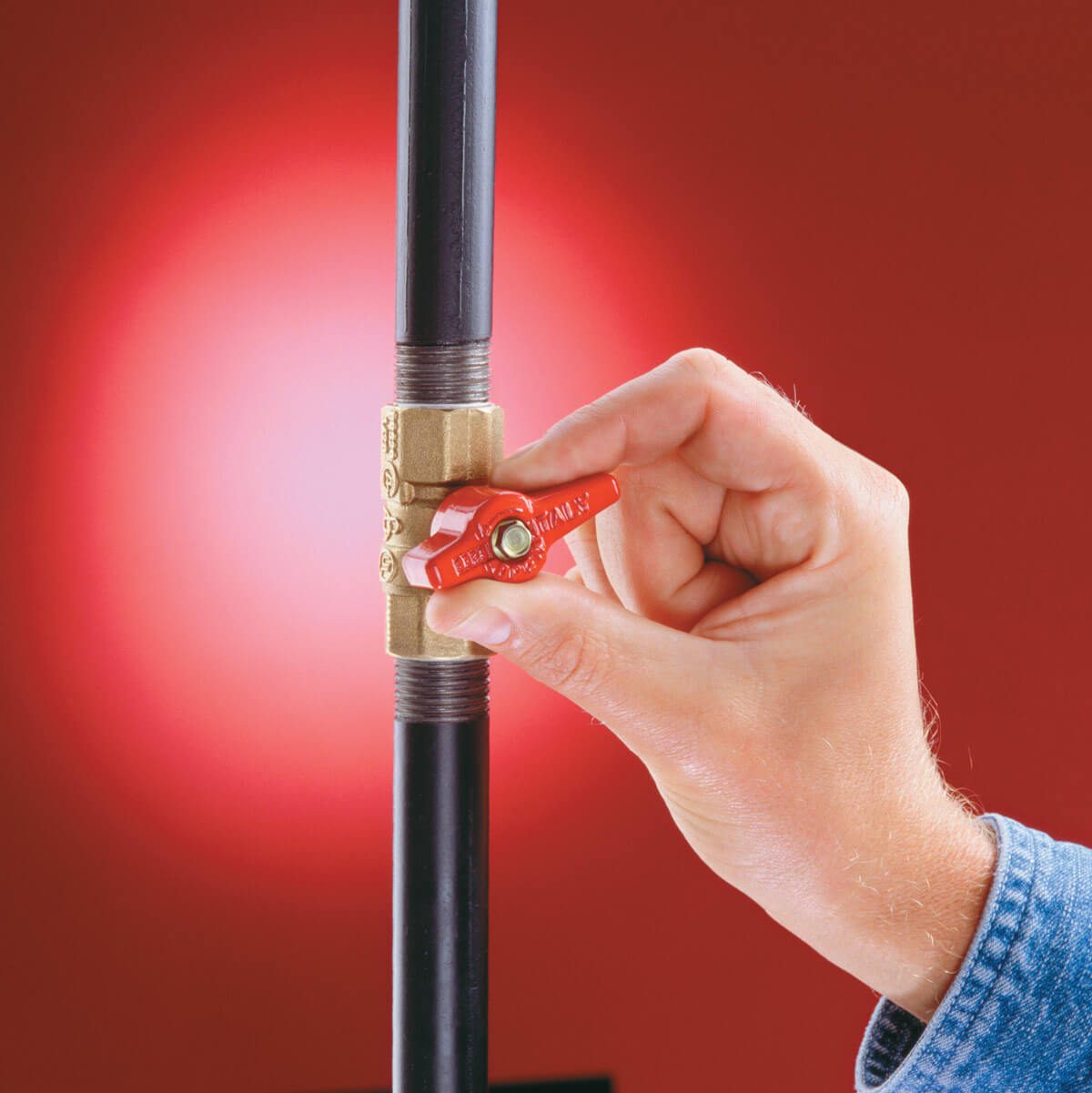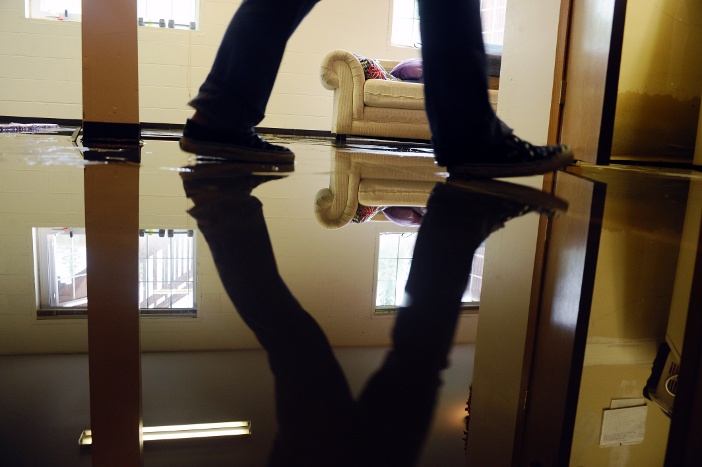Understanding the Signs of a Burst Pipe and Rapid Repair Approaches
Understanding the Signs of a Burst Pipe and Rapid Repair Approaches
Blog Article
What are your thoughts and feelings about What to Know Before Installing a Dishwasher?

A burst pipe is a major emergency; you can just stand as you watch water you pay a lot to rejoin with the planet. In even worse instances, you observe a swimming pool on your kitchen area floor, which is a terrific trip hazard, especially if you have children around. If the pipeline that ruptured remained in your wall surfaces, bad news: you may require to paint that whole section.
Exactly how can a disaster like a burst pipeline be protected against and also handled? Well, by listening to your professional emergency plumbers and also adhering to these policies.
Exactly how do I know when my pipes have ruptured?
Changing water pressures
Pipelines do not simply burst in a day. You might have discovered that your kitchen faucet or shower doesn't run instantly when you transform the tap. It may stop for a couple of secs and then blast you with even more force than typical.
In various other circumstances, the water may seem regular initially, then decrease in pressure after a couple of secs.
Wet wall surfaces as well as water stains
Before a pipeline ruptureds, it will certainly leak, a lot of times. If this persistent dripping goes undetected, the leak might graduate right into a large gouge in your pipeline. One simple way to prevent this emergency is to look out for damp walls advertisement water spots. These water stains will certainly lead you right to the leak.
Puddles under pipelines and sinks
When a pipeline bursts, the discharge forms a pool. It may show up that the puddle is expanding in size, and also regardless of how many times you wipe the puddle, in a couple of minutes, there's one more one waiting to be cleansed. Typically, you may not have the ability to trace the pool to any noticeable pipes. This is a sign to call a specialist plumber.
Untraceable dripping sounds
Pipe ruptureds can happen in one of the most undesirable locations, like within concrete, inside wall surfaces, or under sinks. When your home goes quiet, you may have the ability to hear an irritatingly persistent dripping sound. Even after you've examined your shower head and cooking area tap, the leaking might continue.
Beloved reader, the leaking might be coming from a pipe inside your wall surfaces. There isn't much you can do about that, except inform an expert plumber.
Turn off the Water
When water ices up, it expands in volume by concerning 9 percent. And it broadens with significant force: The pressure inside pipelines might go from 40 pounds per square inch to 40,000 psi! No pipeline can hold that much stress, so it breaks open. The break may happen where the ice types, yet more often, it occurs where water pressure discovers a weak point in the pipeline. That may be inches or even feet from the frozen area. Discover the water shutoff valve as well as switch off the water to stop even more damage. You might also need to turn off the electrical energy too, relying on where the leakages takes place and also how big it is.
Contaminated water
Many people assume a ruptured pipe is a one-way outlet. Quite the contrary. As water drains of the hole or tear in your plumbing system, impurities locate their way in.
Your water may be contaminated from the source, so if you can, inspect if your water storage tank has any kind of troubles. Nonetheless, if your drinking water is supplied and purified by the city government, you ought to call your plumber promptly if you see or scent anything amusing in your water.
What do I do when I detect a ruptured pipeline?
Your water meter will certainly remain to run also while your water wastes. To decrease your losses, locate the major controls and also transform the supply off. The water pipe are an above-ground framework beside your residential or commercial property.
How to Fix & Detect a Leaking Pipe
How Do I Know if a Pipe is Leaking?
Leak detection tests can help you determine if your pipe has a leak. Even if you don’t see an apparent leak, you should still conduct leak detection tests regularly to save water and money—and prevent major damage to your home.
Water meter. It can be helpful to figure out what your usual water meter usage numbers are and then monitor them regularly. To monitor your meter, first, turn off all water faucets in your home. Check the meter and write down the numbers. In a few hours, check the meter again. If the numbers have changed, you have a leak. Water gauge. Use a water gauge to test your water pressure. Your showerhead should produce a certain amount of water pressure based on its model and design. If the pressure is lower than it is supposed to be for that specific showerhead, your home likely has a leak. Puddles. Look inside your bathroom, laundry, and kitchen sink cabinets. Puddles around the cabinets or around toilets, tubs, showers, and washing machines indicate the presence of a leaking pipe. You may also notice loose tiles, peeling or flaking paint, or mold caused by water accumulation. Napkin test. Even if you don’t see any puddles, you may still have a leak. You can test for water leaks in the bathroom, laundry, and kitchen by wiping below-sink connections with a napkin, paper towel, or piece of toilet paper. If it becomes damp, you probably have a leaking pipe under the sink. Discolored walls. Walls that are discolored—usually with brown or yellow stains—or bulging might mean that they have been impacted by water damage caused by a leaking pipe. Smell. A leaky pipe will create sitting water, and over time, that water may develop a musty smell. If your home smells musty, but you can’t locate the source, it may be due to a leak. Steps for Fixing a Leaking Pipe
A leaky drain can be remedied by tightening the pipe base, replacing the drain seal, caulking the rim, and tightening the pipe nut. Similarly, a leaking toilet pipe can be treated by tightening the packing nut. You may also need to replace the valve. A leaky faucet may just need tightening or replacement of the washers. If that doesn’t work, consider replacing your faucet. If your pipe has a hole in it, you may want to use a pipe leak sealer or pipe leak tape. This quick fix for water pipe leaks can also temporarily fix a copper pipe leak. https://www.ahs.com/home-matters/quick-tips/how-to-tell-if-pipes-are-leaking/

Hopefully you enjoyed our topic about How to Prepare for Your Dishwasher Installation. Thanks a ton for spending some time to read our blog. Enjoyed our blog? Please share it. Let others discover it. Thanks a bunch for your time. Please check up our website back soon.
More Details
Report this page